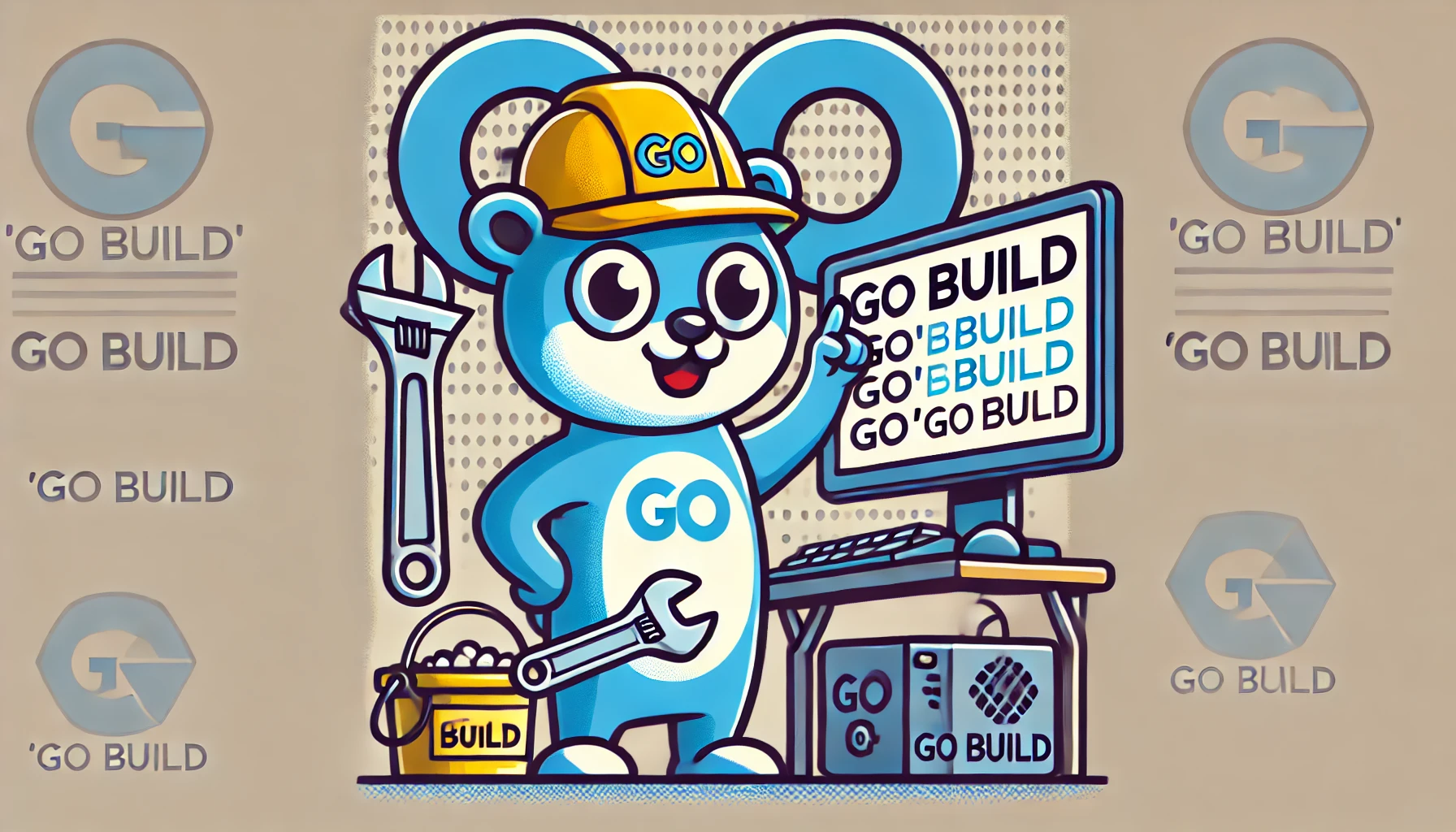How to Change the Go Build Executable Binary Name and Output Path (My Learning Experience)
When I first started using Go, I ran into a surprising question: how does Go decide what to name the executable when you run go build?
I thought it was always the folder name, then someone said it’s the module name, and others said it’s the package name.
Turns out, it’s a bit nuanced — and I wanted to share what I learned through testing and examples.
If you’re wondering how to change the name of the executable produced by go build, or just want to understand how Go decides it by default, this guide is for you.

My Initial Confusion
I was working on a small tool and noticed that when I ran go build, the resulting executable wasn’t always what I expected.
Sometimes it matched the folder name, other times it was named after the module.
I even thought the package main name mattered — but that turned out to be false.
So I decided to dig in and try multiple setups.
Default Behavior of go build
When you run go build inside a directory containing a main package, Go will compile the code into an executable.
The name of that executable depends on where you’re building from and what files are present.
What I Learned:
If you run
go buildwithout the-oflag, the name of the output binary is:
- The module name (from
go.mod) ifmain.goandgo.modare in the same folder.- The directory name if you’re in a subfolder or there’s no module.
Folder Name vs. Module Name vs. Package Name
1. Package Name
This was my first wrong assumption.
I thought naming the package main or something else might affect the binary name.
Turns out, package main is just a signal that the file is an executable — it doesn’t influence the name at all.
package main
func main() {
println("Hello World")
}
✅ Required for executables, but ❌ doesn’t affect the name.
2. Folder Name
If you’re building from a subfolder (like cmd/tool), Go uses the folder name as the binary name.
Example:
myproject/
├── cmd/
│ └── tool/
│ └── main.go
$ cd cmd/tool
$ go build
Result:
tool
3. Module Name
Here’s the tricky part.
If you’re in the root of the module (where go.mod lives) and the folder also contains your main.go, Go uses the module name as the binary name.
Example:
$ tree
myproject/
├── go.mod
└── main.go
go.mod:
module coolapp
$ go build
Produces:
coolapp
Even though the folder is named myproject, the executable is coolapp.
Changing the Go Executable Name & output path
Eventually, I learned that you can always change the executable name using the -o flag.
This is the most reliable way to control the binary name and output path — especially useful in CI/CD pipelines, build scripts, or any automated deployment workflows where you need consistent, predictable output locations and filenames.
go build -o mybinary
You can also specify a custom output path for the binary:
go build -o ./output/bin/custom-name
This flexibility is what I use now in all my build scripts to keep my builds organized and portable.
Real Examples I Tried
Example 1: Main and go.mod in Same Folder
$ mkdir app
$ cd app
$ go mod init myapp
main.go:
package main
func main() { println("Hi") }
$ go build
Result: myapp ← (from module name)
Example 2: Subdirectory with main.go
$ mkdir -p tools/logger
$ cd tools/logger
Add main.go:
package main
func main() { println("Logging") }
$ go build
Result: logger ← (from folder name)
Example 3: Override with -o
$ go build -o ./bin/logger-tool
Result: bin/logger-tool ← (custom name I chose)
Example 4: Rename Folder, Module Name Stays
$ mv app renamed
$ cd renamed
$ go build
Result: Still myapp ← (from module name in go.mod)
Final Thoughts
Here’s what I now keep in mind when working with go build:
| Concept | Affects Binary Name? | Example |
|---|---|---|
Package name (main) | ❌ No | Always must be main for executables |
Module name (from go.mod) | ✅ Sometimes | If main.go is in the same folder as go.mod |
| Folder name | ✅ Yes (common case) | Used when building from subdirectories |
-o flag | ✅ Always | You control it directly |
- 🔨 Use
-owhen you want control - 🧠
package mainjust marks it as an executable - ⚠️ Module name only affects name in module root folder
Hope this helps you avoid the same confusion I had when starting out. Happy building! 🚀
